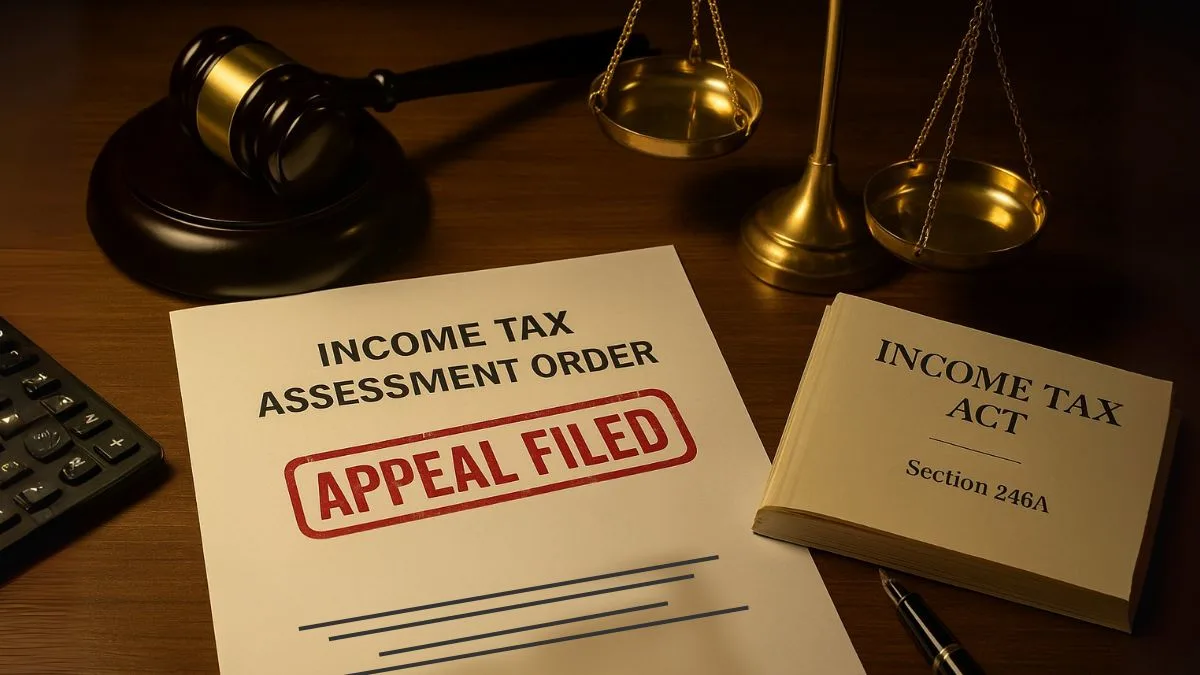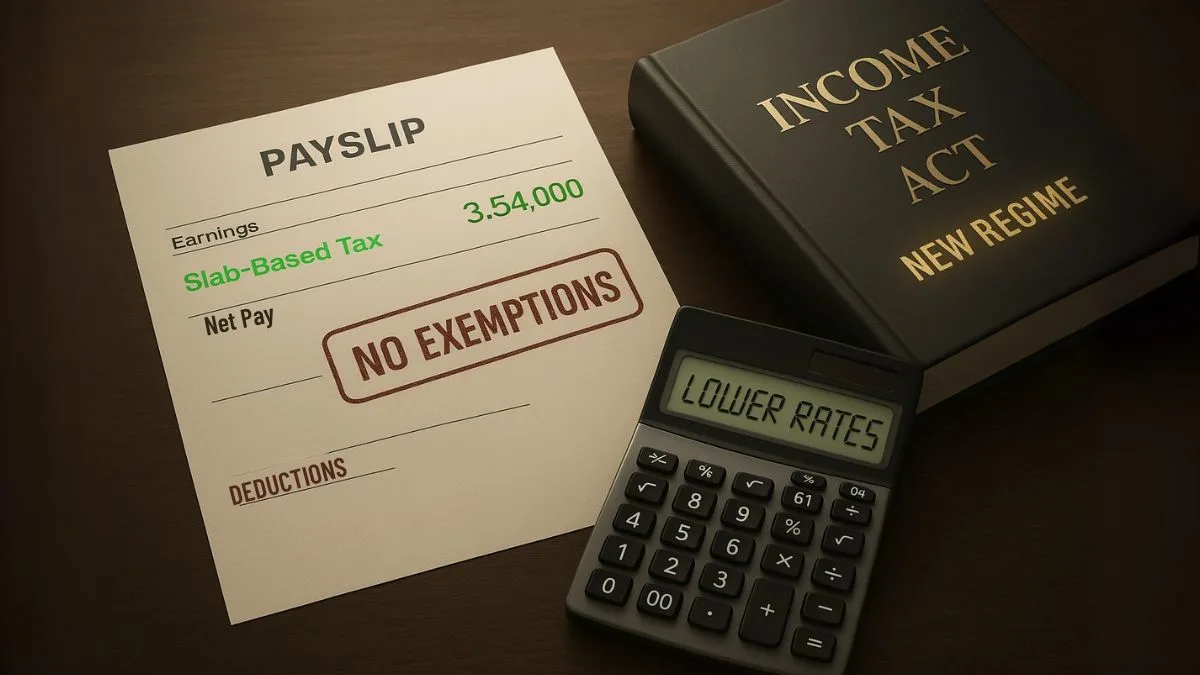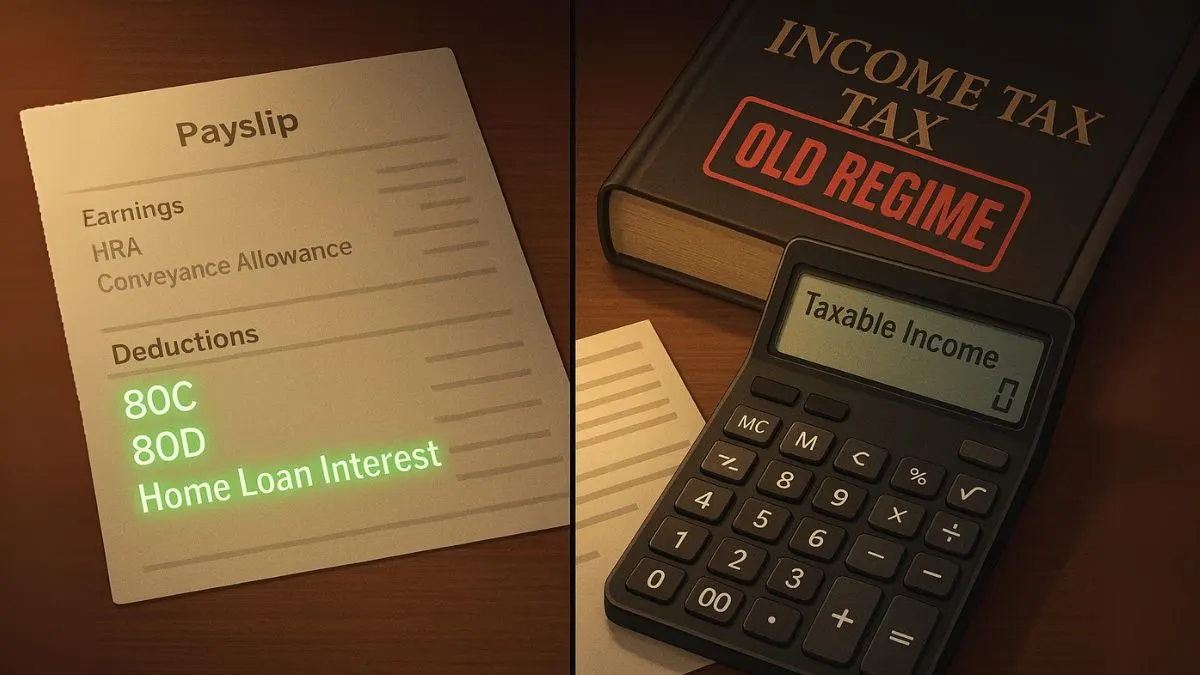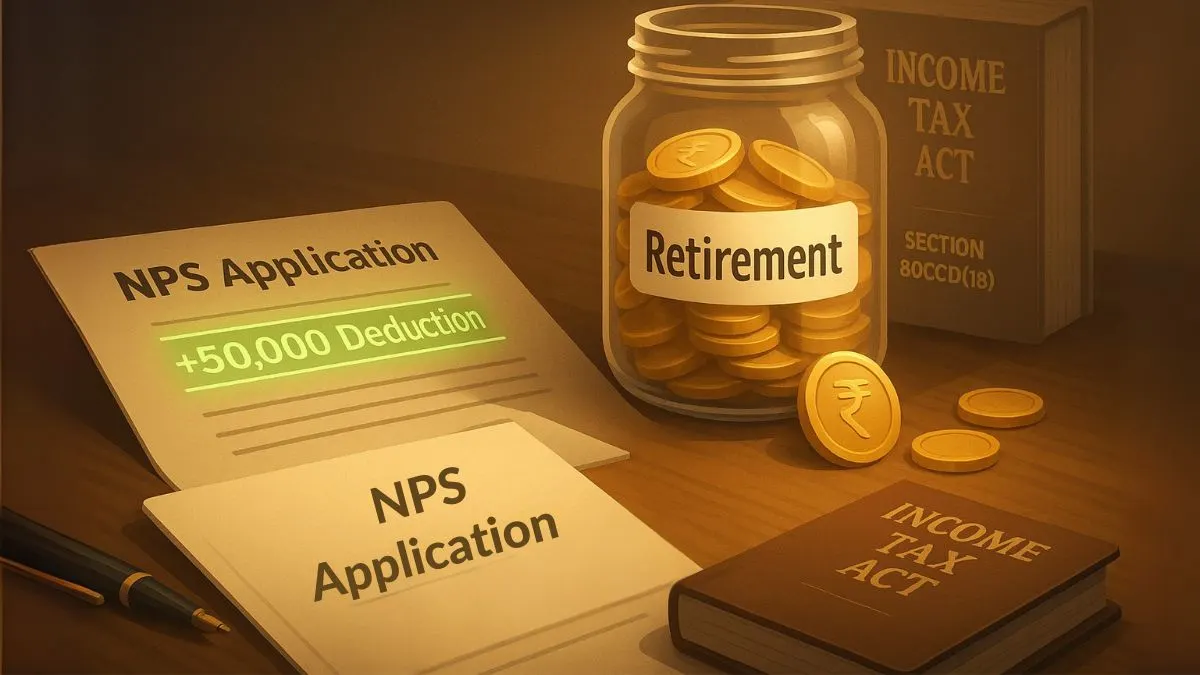
One of the most important chapters in the Income Tax Act, 1961 relates to capital gains taxation. Whenever you sell a property, shares, mutual funds, gold, or any other capital asset, the profit you earn does not go untaxed. The law clearly lays down how such profits are to be taxed, and that is where Section 45 of Income Tax Act comes into the picture.
Section 45 deals with the taxation of capital gains arising from the transfer of a capital asset. It governs how such transactions are treated, whether the gains are short-term or long-term, and the applicable tax rates. For any taxpayer who owns assets & plans to sell them, understanding 45. Capital gains provisions is essential for both compliance and efficient tax planning.
What is Section 45 of Income Tax Act?
Section 45 is the charging section for capital gains. It states that profits or gains arising from the transfer of a capital asset shall be chargeable to income tax under the head “Capital Gains” in the year in which the transfer takes place.
In simple terms:
- If you transfer a capital asset, and
- Earn profit or gain from it,
- That profit becomes taxable under capital gains in the year of transfer.
This section thus provides for the taxation of capital gains in India.
What is a Capital Asset?
Before going deeper, let’s define capital asset. As per the Act, a capital asset includes:
- Land and buildings
- Shares & securities
- Mutual funds
- Jewellery, gold, or precious metals
- Intellectual property rights
- Any other property held by the assessee
However, there are exclusions such as:
- Stock-in-trade (business inventory)
- Agricultural land in rural areas
- Personal movable assets like clothing or furniture
Once you know your property qualifies as a capital asset, Section 45 applies on transfer.
Also Read: Understanding the Tax on Profits from Selling Assets
Capital Gains under Section 45
Capital gains are divided into two types:
- Short-Term Capital Gains (STCG):
- If the asset is held for a short period (like less than 36 months for property, less than 12 months for shares/mutual funds listed), then profit is considered short-term."
- Tax is charged at normal slab rates or at special rates like 15% for equity shares under Section 111A.
- Long-Term Capital Gains (LTCG):
- If the asset is held for longer than the prescribed holding period, the profit is long-term.
- Tax is generally charged at 20% with indexation (for property) or 10% without indexation (for equities above ₹1 lakh).
Section 45 is the umbrella that governs the taxation of capital gains in India.
Key Subsections of Section 45
The Income Tax Act has introduced various subsections under Section 45 to cover different scenarios. Let’s break them down:
- Section 45(1): General Rule
Profits or gains arising from transfer of a capital asset are taxable in the year of transfer.
- Section 45(2): Conversion of Capital Asset into Stock-in-Trade
If you convert a capital asset (say land) into stock-in-trade (real estate developer’s inventory), capital gains tax is deferred until the stock is actually sold.
- Section 45(3): Transfer to Firm or AOP
If a person transfers capital assets to a firm or AOP as capital contribution, capital gains are taxable.
- Section 45(4): Distribution on Dissolution
When a firm distributes capital assets to partners on dissolution, gains are taxable in the hands of the firm.
- Section 45(5): Compulsory Acquisition
In case of compulsory acquisition by the government, gains are taxable in the year of receipt of compensation.
- Section 45(5A): Real Estate Joint Development Agreements
For individuals/HUFs entering into JDAs, capital gains are taxed in the year the completion certificate is issued, not in the year of agreement.
These subsections ensure profits or gains arising from the transfer of a capital asset are covered in every scenario.
Also Read: Capital Gains, Inherited Property & Cost of Acquisition Explained
Exemptions under Capital Gains
Though Section 45 provides for taxation, the Act also provides exemptions under sections like:
- Section 54: Exemption on sale of residential property if reinvested in another house.
- Section 54EC: Exemption if capital gains are invested in bonds of NHAI/REC.
- Section 54F: Exemption on sale of any capital asset if proceeds used to purchase a house.
These sections help taxpayers reduce or eliminate tax liability legally.
Practical Example
Mr. Arjun sold a residential property in 2024 for ₹90 lakh. His indexed cost of acquisition was ₹40 lakh.
- Capital gain = ₹90 lakh – ₹40 lakh = ₹50 lakh.
- Since he held the property for more than 3 years, it is LTCG.
- Tax = 20% of ₹50 lakh = ₹10 lakh (plus surcharge & cess).
However, if Arjun reinvests ₹50 lakh in another house property within the timelines of Section 54, he can claim exemption from capital gains tax."
Why Section 45 is Important for Taxpayers
- Defines chargeability of capital gains.
- Helps taxpayers plan transactions smartly to minimize taxes.
- Provides clarity on when tax is payable (year of transfer, year of receipt, etc.).
- Encourages reinvestment into assets through exemptions.
- Plays a crucial role in personal finance, especially with real estate & investments.
Challenges in Section 45
While the section is straightforward in concept, complications arise due to:
- Determination of cost of acquisition in inherited or gifted assets.
- Treatment of compulsory acquisitions and delayed compensation.
- Valuation of unlisted shares & property.
- Confusion in Joint Development Agreements.
Thus, professional guidance is often required.
Also Read: The Hidden LTCG Exemption Most Investors Forget to Claim
Conclusion
Section 45 of Income Tax Act deals with the taxation of capital gains arising from the transfer of a capital asset. It provides for the taxation of capital gains and governs how profits or gains arising from the transfer of a capital asset are taxed in India.
For any taxpayer who owns property, investments, or valuable assets, understanding this section is vital. By making smart use of exemptions & planning transactions carefully, you can significantly reduce your tax outgo.
💡 Want to maximize your tax savings and file your ITR stress-free?
Visit Callmyca.com – India’s trusted platform for tax planning, compliance, and financial guidance.










